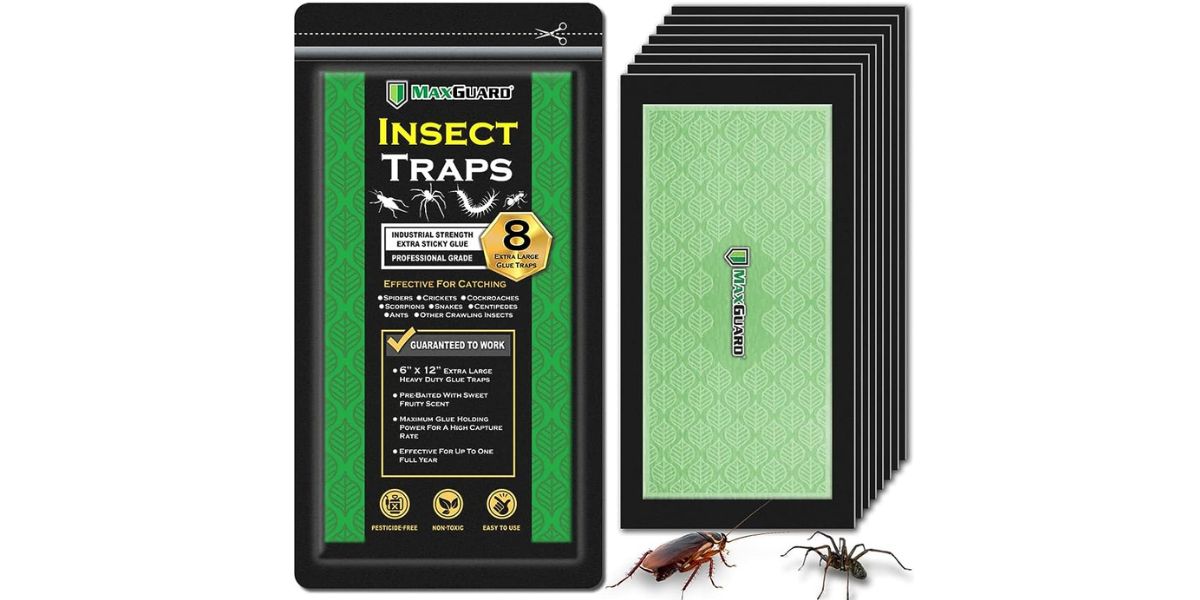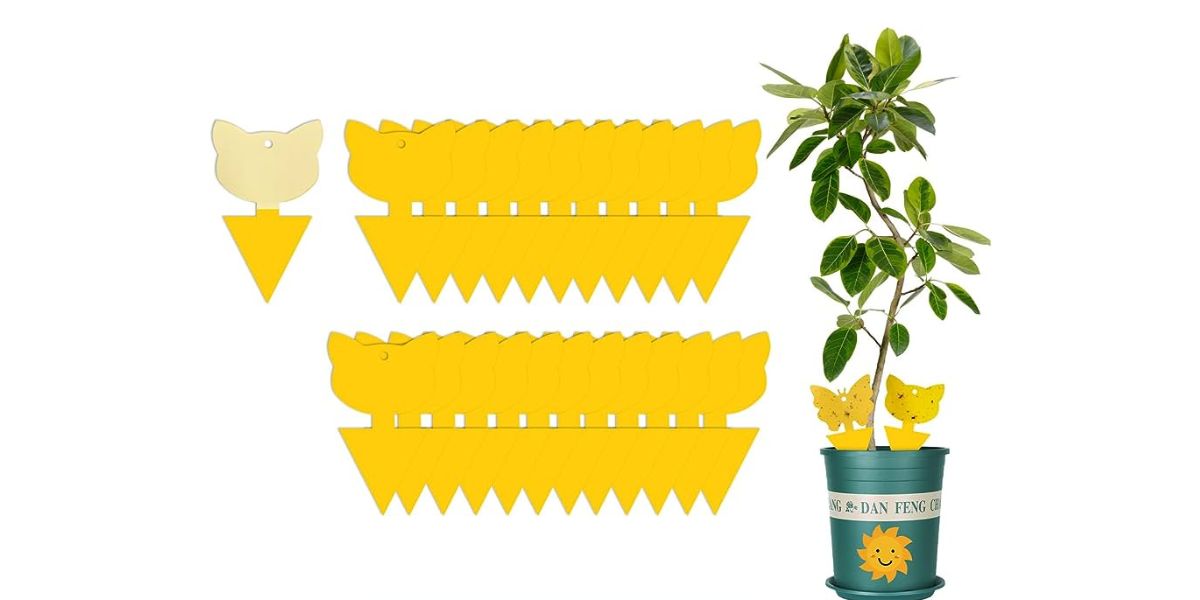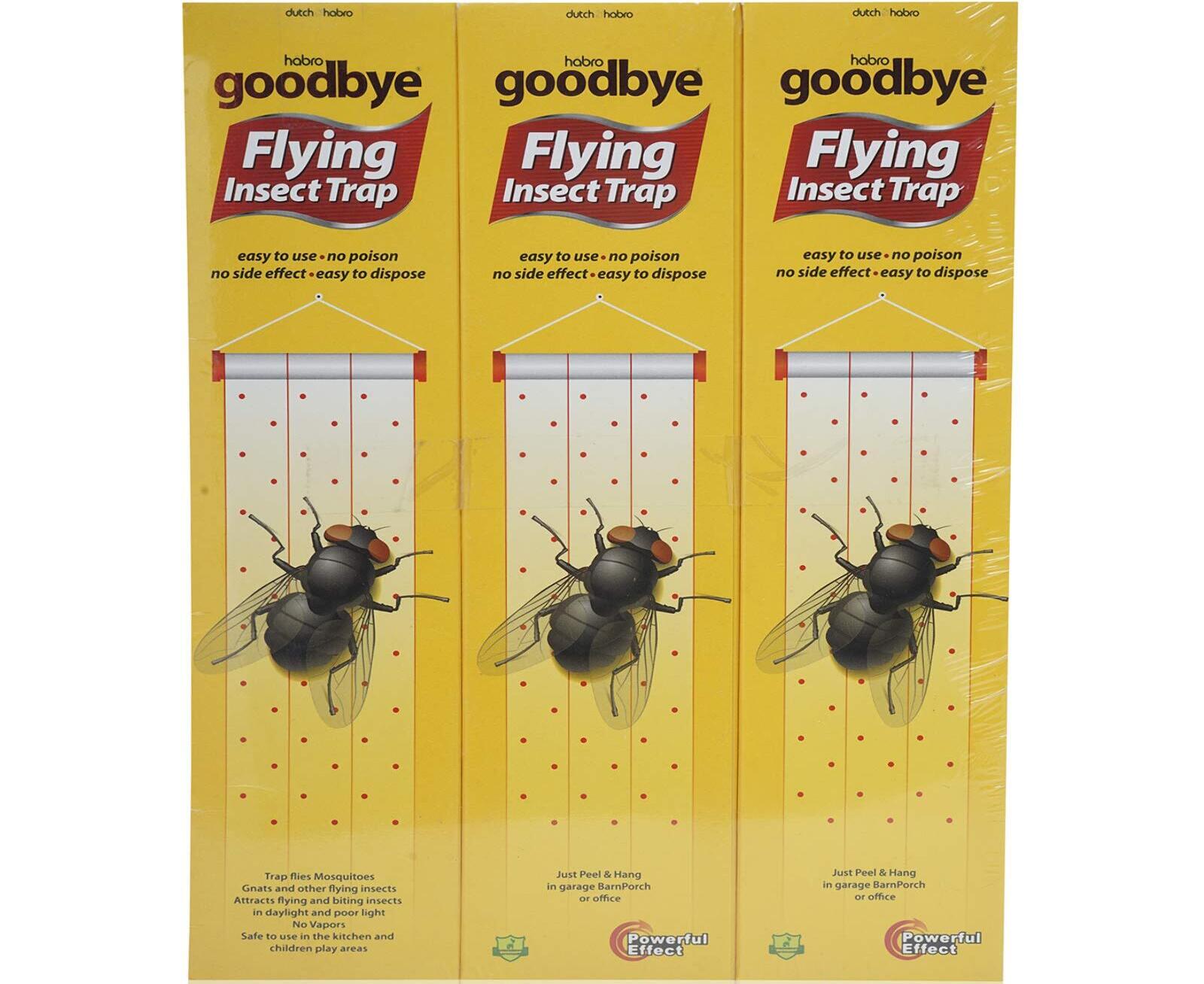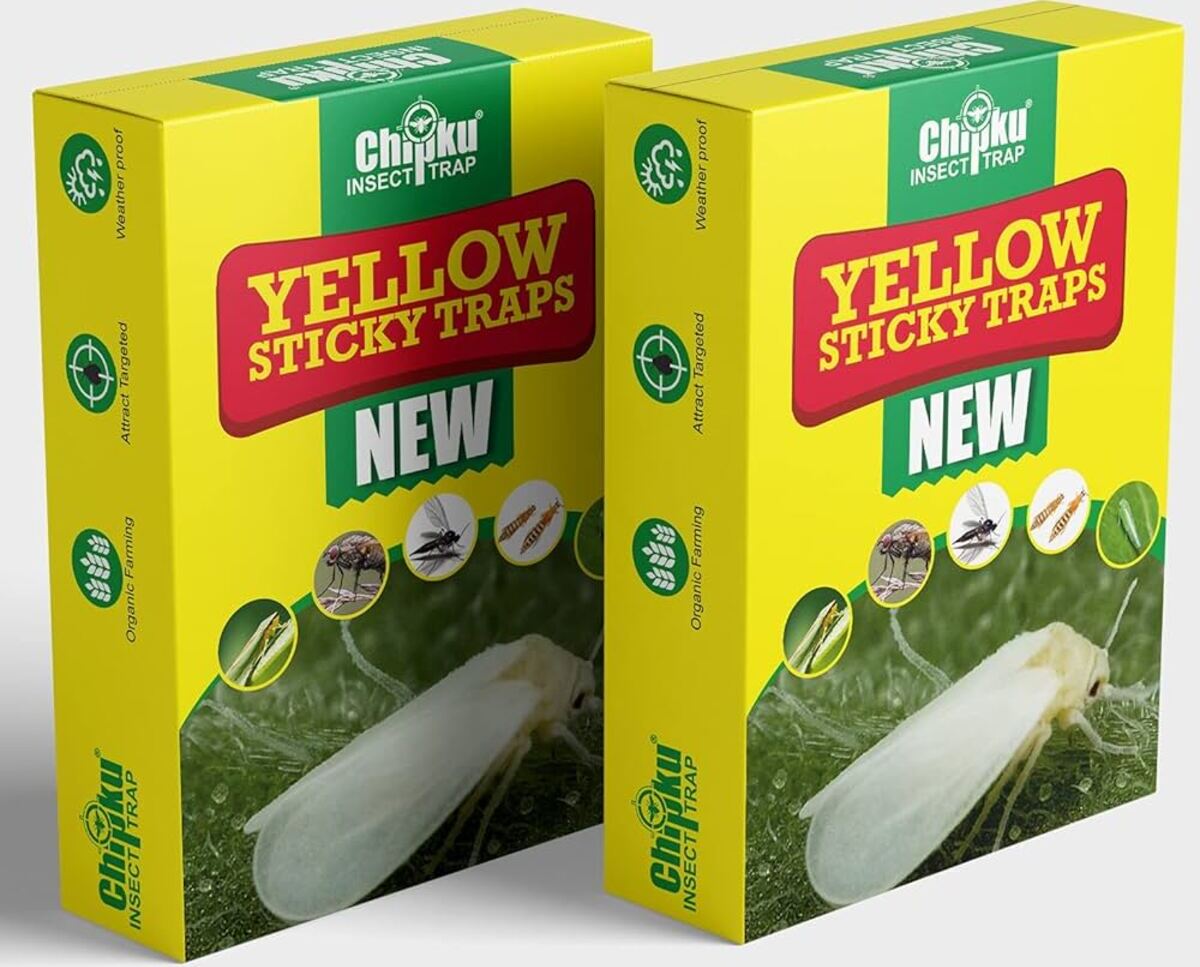Home>Gardening News and Trends>Latest News>How Cobra Lily Trap Insects


Latest News
How Cobra Lily Trap Insects
Modified: January 22, 2024
"Discover the fascinating way Cobra Lily traps insects! Stay updated with the latest news on this unique plant and its intriguing predatory behavior."
(Many of the links in this article redirect to a specific reviewed product. Your purchase of these products through affiliate links helps to generate commission for Chicagolandgardening.com, at no extra cost. Learn more)
Table of Contents
Introduction
The Cobra Lily, also known as Darlingtonia californica, is a fascinating carnivorous plant that has captivated botanists and nature enthusiasts alike. With its unique shape and intriguing mechanisms, the Cobra Lily is a true marvel of nature. This plant is native to North America, primarily found in regions with wet, acidic soil such as boggy areas or along stream banks.
What sets the Cobra Lily apart from other plants is its ability to trap and digest insects as a source of nourishment. Unlike photosynthesizing plants that derive their energy from sunlight, the Cobra Lily has adapted to survive in nutrient-deficient environments by evolving into a carnivorous species.
In this article, we will explore the anatomy of the Cobra Lily and how it attracts insects. We will also delve into the mechanism of the Cobra Lily trap and the digestion process it employs to extract nutrients from its prey. Finally, we will discuss the benefits that insect trapping provides to the Cobra Lily.
Stay tuned as we journey into the extraordinary world of the Cobra Lily, unraveling the secrets of this remarkable carnivorous plant.
Anatomy of the Cobra Lily
The Cobra Lily exhibits a distinct, eye-catching morphology that sets it apart from other plants. Its name is derived from the shape of its pitcher-like leaves that resemble the head of a cobra, complete with a hood-like structure and ‘fangs’ on the lip of the pitcher. Let’s take a closer look at the different parts that comprise the anatomy of the Cobra Lily:
- Leaves: The leaves of the Cobra Lily are elongated and tubular, resembling pitchers. They have a unique spiral shape that guides insects towards the digestive chamber. The upper portion of the leaf forms a hood or canopy, which provides protection and helps direct rainwater into the pitcher.
- Trichomes: Covering the inner surface of the pitcher are fine, hair-like structures called trichomes. These trichomes secrete a sticky substance that aids in trapping insects by making their escape difficult.
- Peristome: The lip of the pitcher bears a striking resemblance to the open mouth of a cobra, thanks to the folded and serrated edges known as the peristome. The peristome not only adds to the visual appeal of the plant but also helps prevent prey from escaping once they enter the pitcher.
- Lid (Operculum): Located above the peristome, the lid or operculum acts as a protective cover for the pitcher. It shields the interior from excessive rainfall and helps maintain the right balance of humidity within the trap.
- Roots: Similar to other plants, the Cobra Lily has roots that anchor it in the soil and absorb essential nutrients and water.
- Rhizomes: The Cobra Lily also possesses underground stems called rhizomes, which enable the plant to propagate and produce new shoots.
All these anatomical features work together to create an intricate and specialized structure that maximizes the Cobra Lily’s chances of trapping insects for survival. The next section will delve into how the Cobra Lily attracts unsuspecting insects.
How the Cobra Lily attracts Insects
The Cobra Lily has developed unique adaptations to lure insects into its traps. By employing various mechanisms, this carnivorous plant effectively attracts its unsuspecting prey. Let’s explore how the Cobra Lily entices insects:
Visual Attraction: One of the primary ways that the Cobra Lily captures the attention of insects is through visual cues. The colorful and intricate patterns on the lip of the pitcher resemble nectar-producing flowers, deceiving insects into believing that they will find a tasty reward.
Odor Emission: Another method that the Cobra Lily uses to attract insects is through the emission of a sweet-smelling fragrance. The plant releases a combination of volatile compounds that mimic the scent of flowers, luring insects towards its enticing trap.
Nectar Secretion: The Cobra Lily employs a clever trick to further entice insects. It secretes a sugary substance known as nectar, which is rich in carbohydrates and serves as a powerful attractant for insects seeking nourishment.
UV Light Reflection: In addition to visual and olfactory cues, the Cobra Lily also utilizes ultraviolet (UV) light reflection to entice insects. The hood-like structure of the plant reflects UV light, which is invisible to humans but highly visible to insects. This added visual cue serves as a signal for potential prey.
Combined, these strategies make the Cobra Lily a formidable predator. The unsuspecting insects are drawn in by a combination of visual attractiveness, enticing scent, and the promise of a sugary reward. However, once they enter the pitcher, they soon realize that things are not as they seem. In the next section, we will unravel the mechanism behind the Cobra Lily’s trapping process.
Mechanism of the Cobra Lily Trap
The Cobra Lily employs a clever and intricate mechanism to trap insects that have been lured into its pitcher-shaped leaves. Let’s delve into the fascinating process of how the Cobra Lily’s trap functions:
When an unsuspecting insect lands on the lip of the pitcher, it detects the presence of nectar and assumes it has found a food source. As the insect crawls towards the source of the nectar, it inadvertently steps onto the peristome, triggering a series of actions that lead to its entrapment.
Once the insect touches the sensitive hairs on the peristome, the lid or operculum of the Cobra Lily rapidly closes shut. This sudden closure prevents the insect from escaping the trap. The combination of the folded edges of the peristome and the sticky trichomes on the inner surface of the pitcher further hinder the insect’s escape.
Inside the pitcher, the insect encounters a slippery surface covered with a layer of water secreted by the plant. This creates an environment that is extremely difficult for the insect to climb or fly out of. The walls of the pitcher are also lined with downward-pointing trichomes, making it nearly impossible for the trapped insect to climb back up.
As the insect struggles to free itself, it often falls into the digestive chamber at the base of the pitcher. Here, the prey is submerged in a pool of digestive enzymes secreted by the plant. These enzymes break down the insect’s body, dissolving it into nutrients that the Cobra Lily can absorb and utilize for its growth and survival.
The trapping mechanism of the Cobra Lily is a well-coordinated process that ensures the capture and digestion of insect prey. This efficient mechanism enables the plant to obtain vital nutrients that are scarce in its boggy habitats. In the following section, we will explore the digestion process the Cobra Lily utilizes to extract nutrients from its trapped prey.
Digestion Process in the Cobra Lily
Once an insect is trapped inside the Cobra Lily’s pitcher, it undergoes a remarkable digestion process that allows the plant to extract essential nutrients for its survival. Let’s delve into the fascinating process of how the Cobra Lily digests its prey:
Upon falling into the digestive chamber at the base of the pitcher, the insect comes into contact with the digestive enzymes secreted by the Cobra Lily. These enzymes include proteases, which break down proteins, and other enzymes that aid in the breakdown of carbohydrates and other organic compounds.
As the digestive enzymes work their magic, the insect’s body is broken down into simpler compounds such as amino acids, sugars, and fatty acids. These nutrients are then absorbed by the plant through the walls of the pitcher, providing it with the essential elements needed for growth and development.
The digestion process in the Cobra Lily is facilitated by a combination of the enzymes secreted by the plant and the pool of water present in the pitcher. The water helps create a suitable environment for enzymatic activity and aids in the breakdown and absorption of nutrients.
Interestingly, not all insects that enter the Cobra Lily’s trap are fully digested. Some larger insects, such as beetles, may struggle and manage to escape before becoming fully broken down. However, these partially digested insects still provide the plant with some nutrients, allowing it to benefit from their capture.
The digestion process in the Cobra Lily is a finely tuned and highly efficient system. It enables the plant to obtain vital nutrients from its prey and thrive in nutrient-poor environments. Now that we have explored how the Cobra Lily captures and digests insects, let’s move on to discussing the benefits that this carnivorous behavior provides to the plant.
Benefits of Insect Trapping for the Cobra Lily
The carnivorous behavior of the Cobra Lily provides several key benefits that contribute to its survival and growth. Let’s explore some of the advantages of insect trapping for this unique plant:
1. Nutrient Acquisition: The primary benefit of insect trapping for the Cobra Lily is the acquisition of essential nutrients. In their natural habitats, these plants often grow in soil that lacks sufficient nutrients. By capturing and digesting insects, the Cobra Lily is able to extract vital nutrients such as nitrogen, phosphorus, and potassium, which are necessary for its overall health and development.
2. Adaptation to Nutrient-Poor Environments: Insect trapping is an adaptation that has allowed the Cobra Lily to thrive in environments where nutrients are scarce. By evolving the ability to capture and digest insects, the plant has found a unique solution to overcome the limitations of nutrient-deficient soil.
3. Energy Conservation: Unlike non-carnivorous plants that rely solely on photosynthesis for energy production, the Cobra Lily conserves energy by obtaining nutrients from insects. This allows the plant to allocate resources more efficiently, enabling it to grow and reproduce even in challenging conditions.
4. Protection from Predators: The Cobra Lily’s unique shape and the mechanism of its traps provide a level of protection from herbivorous animals and insects. The combination of the hood-like structure, sticky trichomes, and downward-pointing hairs on the peristome make it difficult for potential predators to access the trapped insects or damage the plant.
5. Increase in Reproductive Success: Insects not only provide the Cobra Lily with a valuable source of nutrients but also play a role in its reproductive success. Some insects that are attracted to the plant’s flowers for pollination inadvertently end up becoming trapped inside the pitcher, contributing to the plant’s nutrient intake while also aiding in pollination.
The benefits of insect trapping for the Cobra Lily showcase the plant’s adaptability and resourcefulness in acquiring the necessary nutrients for survival. By capitalizing on the presence of insects, the Cobra Lily has carved out a niche for itself in habitats where other plants struggle to thrive. Overall, insect trapping plays a vital role in the growth and survival of the Cobra Lily.
Conclusion
The Cobra Lily is a remarkable carnivorous plant that has adapted to survive in nutrient-poor environments by trapping and digesting insects. Its unique anatomy, including pitcher-like leaves, trichomes, peristome, and lid, showcases the plant’s specialized adaptations for effective insect trapping.
The Cobra Lily employs various strategies to attract insects, including visual attraction, odor emission, nectar secretion, and UV light reflection. Once lured into the trap, the insect encounters a well-coordinated mechanism that prevents its escape, aided by sticky trichomes and the slippery surface of the pitcher.
Inside the pitcher, the Cobra Lily employs digestive enzymes to break down the trapped insects, extracting vital nutrients such as proteins, carbohydrates, and fatty acids. This adaptation allows the plant to obtain essential nutrients in nutrient-poor environments where other non-carnivorous plants struggle.
The benefits of insect trapping for the Cobra Lily are numerous. Aside from nutrient acquisition and adaptation to nutrient-deficient habitats, trapping insects conserves energy and provides protection from predators. In addition, the capture of insects inadvertently aids in the reproductive success of the plant by contributing to pollination.
The Cobra Lily’s carnivorous behavior exemplifies nature’s ingenuity and the diverse strategies that plants employ for survival. Its ability to capture and digest insects showcases its remarkable adaptations and resourcefulness to thrive in challenging conditions.
As we unravel the secrets of the Cobra Lily, we gain a deeper appreciation for the complexity and diversity of the natural world. The interplay between plants and insects serves as a reminder of the intricate web of life, where each organism plays a unique role in maintaining the balance of ecosystems.
So next time you encounter a Cobra Lily in its native habitat, take a moment to marvel at its captivating beauty and the extraordinary mechanisms it employs to sustain itself. The Cobra Lily truly exemplifies the wonders of nature and the incredible adaptability of living organisms.






